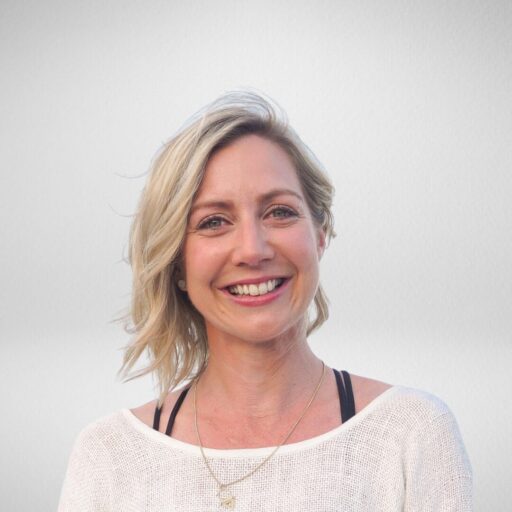(written by our collaborator Alice Howard-Vyse from Humanise This, with Keira Lowther)
Introduction
In 2024, CPI partnered with the City of Melbourne to design and deliver a learning program shaped by social imagination practice, to develop community members as Resilience Champions.
Drawing from Action Learning, Theory-U and Social Imagination practice, we invited 30 residents from strata communities (high-rise apartments) across the City of Melbourne on a four-month learning journey to explore what ‘being resilient’ means for their neighbourhood, and how they might nurture it in the face of a rapidly changing climate.
How we designed Rising Resilience: Learning, imagination, and action
We designed Rising Resilience around three learning outcomes:
- Develop social imagination: develop people’s capacity to imagine alternative futures and possibilities for their community.
- Build resilience: encourage high-rise apartment owners to define and foster resilience in their buildings and beyond.
- Foster civic agency: empower everyday people to take action in their communities
To achieve these, we combined the proven approaches of Action Learning and Theory-U, with social imagination practice, which is far less understood or explored, particularly within local and central government agencies.*
*Action Learning focuses on a process of doing, then reflecting to encourage experimentation and active learning.
The ‘U model’, created by Otto Scharmer, is a framework to guide personal and collective transformation by helping individuals and groups connect with emerging futures through engaging the head, heart and hands.
Social imagination practice is about imagining together to rewrite the rules that govern how we, as citizens, act in the world. It encourages active citizenship and challenges entrenched narratives about how the world is, to create a different perspective on how it might or could be.
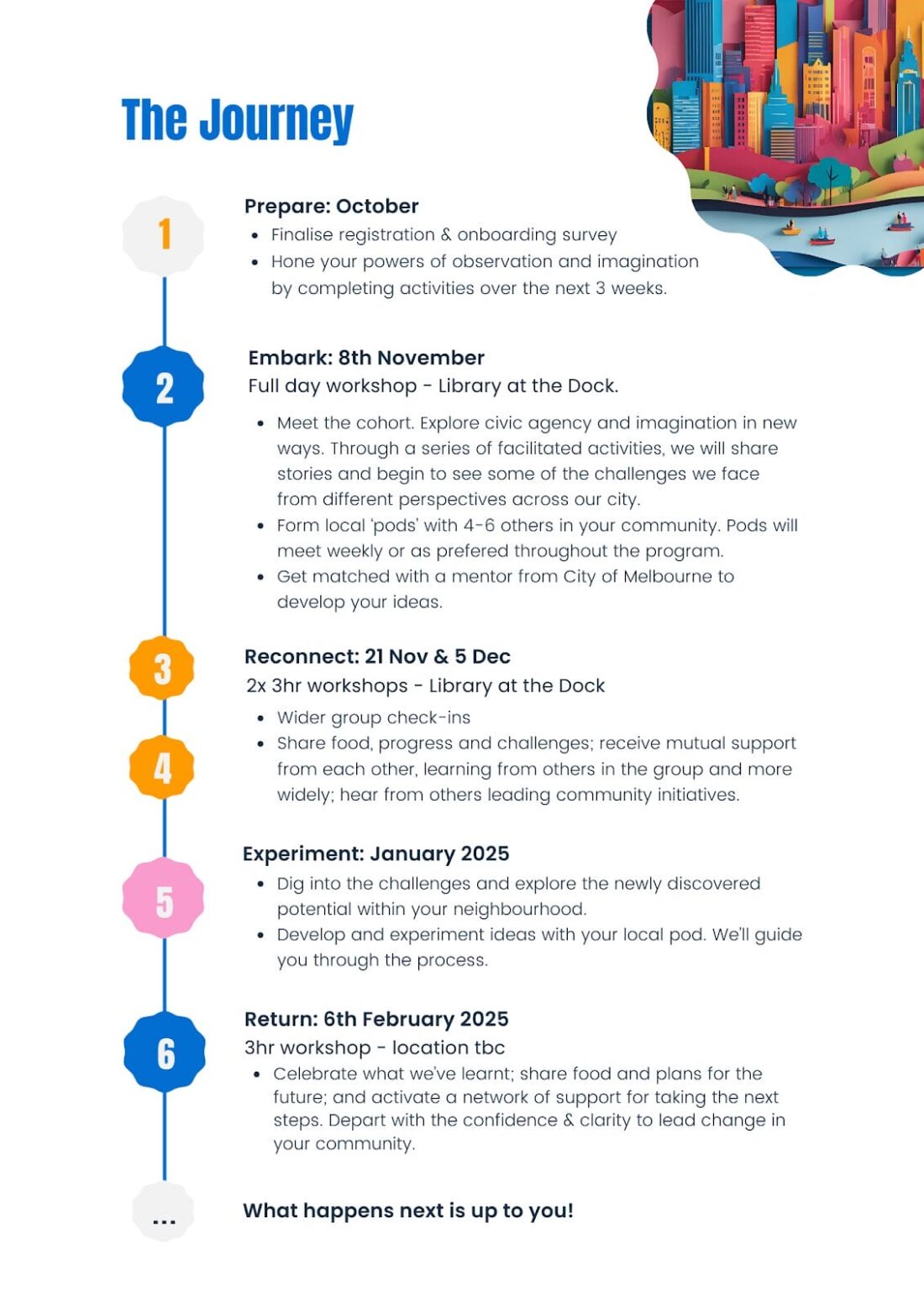
Over the four-month program, we wanted to understand how far citizens can go in reimagining the rules that govern how we live: how things could be different and the role they might play in bringing that about. We also wanted to know what happens when we introduce the premise that the way that one sees the world and our role in it, can be deconstructed and reconstructed to realise different outcomes.
These are BIG questions to grapple with, especially in a new and diverse group. Hence, from the outset, we placed significant focus on creating a trusted, welcoming container for individuals. To enable them to playfully engage with these concepts, while also being able to hold challenging conversations with others holding different views.
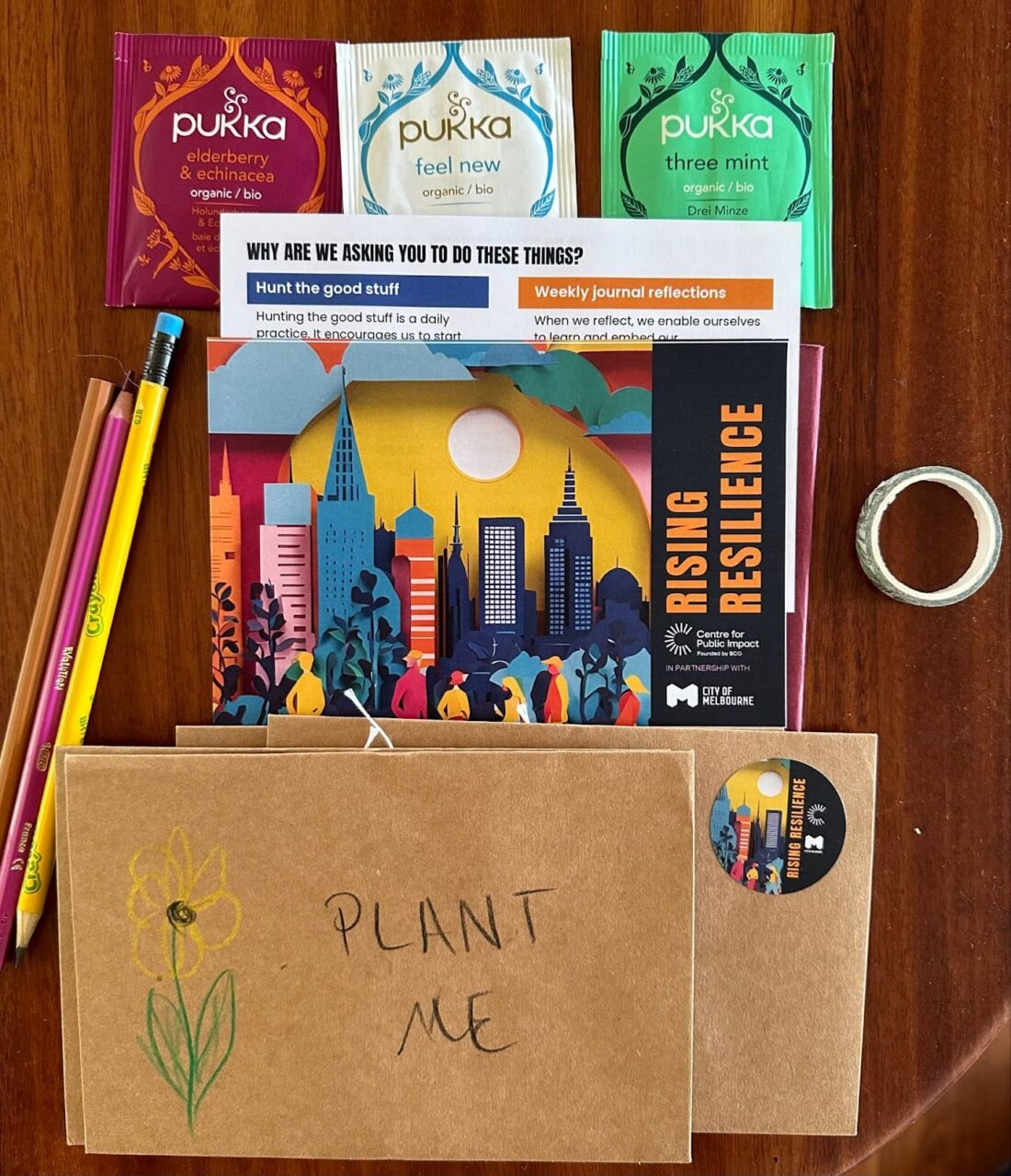
How we laid the foundations
In these times of turbulence, echo chambers and uncertainty, it’s common for care to be trampled by self-interest, preservation and a sense of efficiency and scarcity. By placing care front and centre, we were inviting a different kind of group participation and interaction with government from the start. We designed ‘care packages’ for participants, which contained journals, pencils, tea bags and weekly activity cards with a range of activities to suit various learning styles.
We also held one-to-one phone conversations to meet and get to know each participant and conveyed care through accommodating individuals’ dietary, sensory and learning needs. Trust and connection form the preconditions for the playful experimentation and collaboration that social imagination demands within a new group, so our first activities were designed to elicit connection through story and perspective sharing.
What actually happened?
Drawing on our approaches, we introduced several key activities to cultivate the conditions for resilience:
- “Where do you stand?” (drawing on the work of Hayward and Candy (2017)*): This was designed to enable participants to see and understand the diversity of perspectives and experiences across the group, as well as hear similarities and differences in terms of their motivations for changing the status quo.
- Crafting Resilience (adapted 3D mapping from Theory U): Helped connect participants to a future-oriented place. As wild as some of the ideas were, what surfaced were shared understandings of what current challenges exist, and what might need to shift to make their high-rise communities and the urban spaces beyond them more resilient.
- Flipping the Challenge (Inspired by the Institute for the Future): Catalysed the group’s imagination while challenging their assumptions about ‘the way things are’ and moving toward ‘what could be’, as well as their role as changemakers.
- Spheres of Control Exercise: Guided participants in understanding what aspects of change were within their immediate influence.
- Trojan Mouse Experiments: We introduced the idea of a Trojan Mouse experiment, to guide and shape a small doable action that would likely be a source of learning, development and growth as an active citizen, building community resilience.
- Changing the script: Challenging the narrative that the current script we live by is the only one.
- Place-Based Learning Pods: Over the project timeline, we provided a variety of activities and questions to explore in place-based learning pods, which invited citizens to delve more deeply into the challenges and opportunities within their buildings and neighbourhoods, and an opportunity for mentoring and support from the City of Melbourne team.
If you’ve been inspired by these activities and would like to run similar sessions in your own context, click on the link for each activity to access activity card resources for download. These materials can help you facilitate creative resilience-building conversations and experiments in your community.
*Hayward, P., & Candy, S. (2017). The Polak game, or: where do you stand?. Journal of Futures Studies, 22(2).
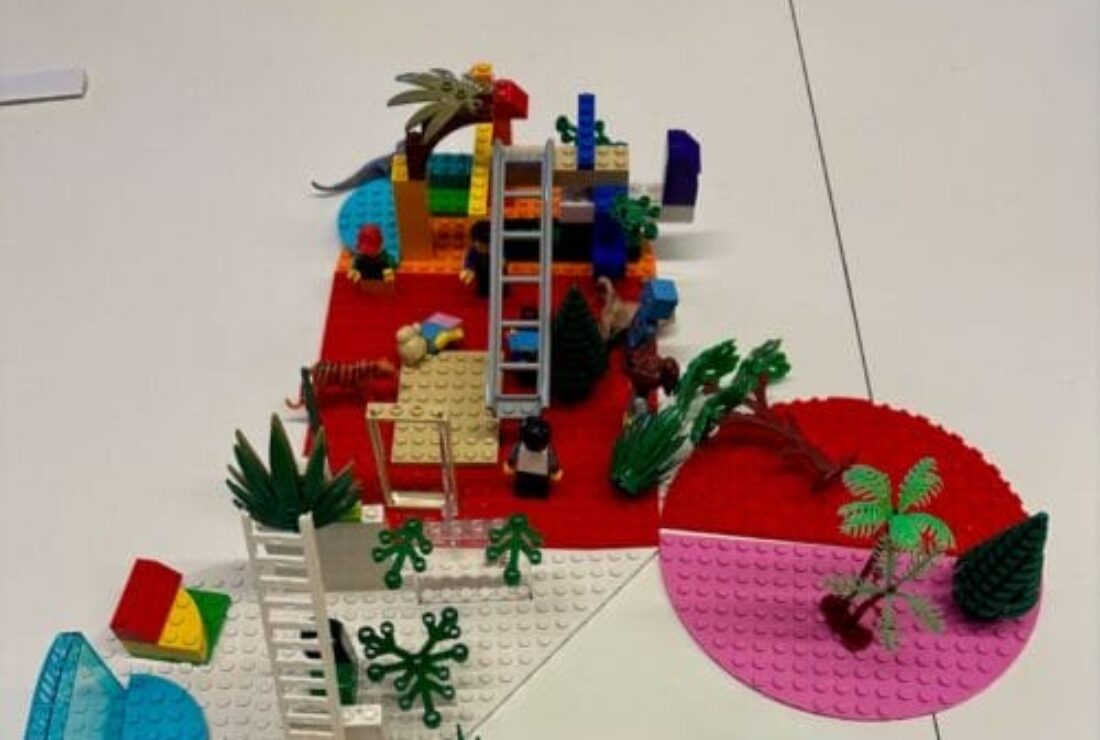
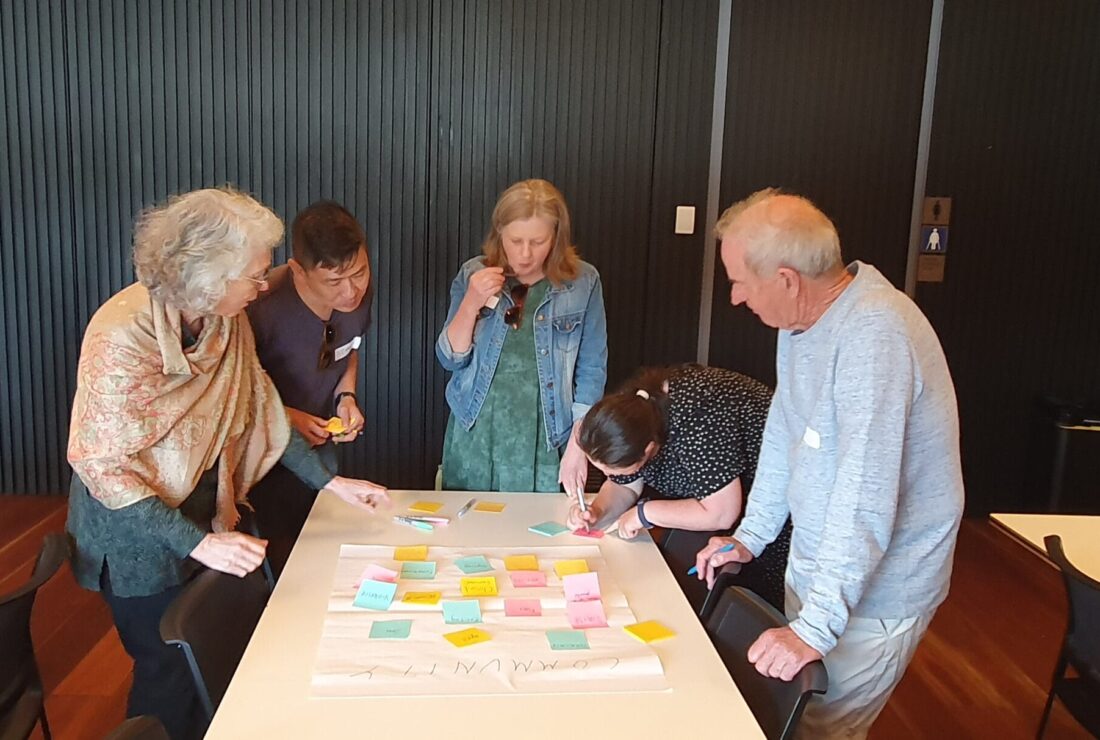
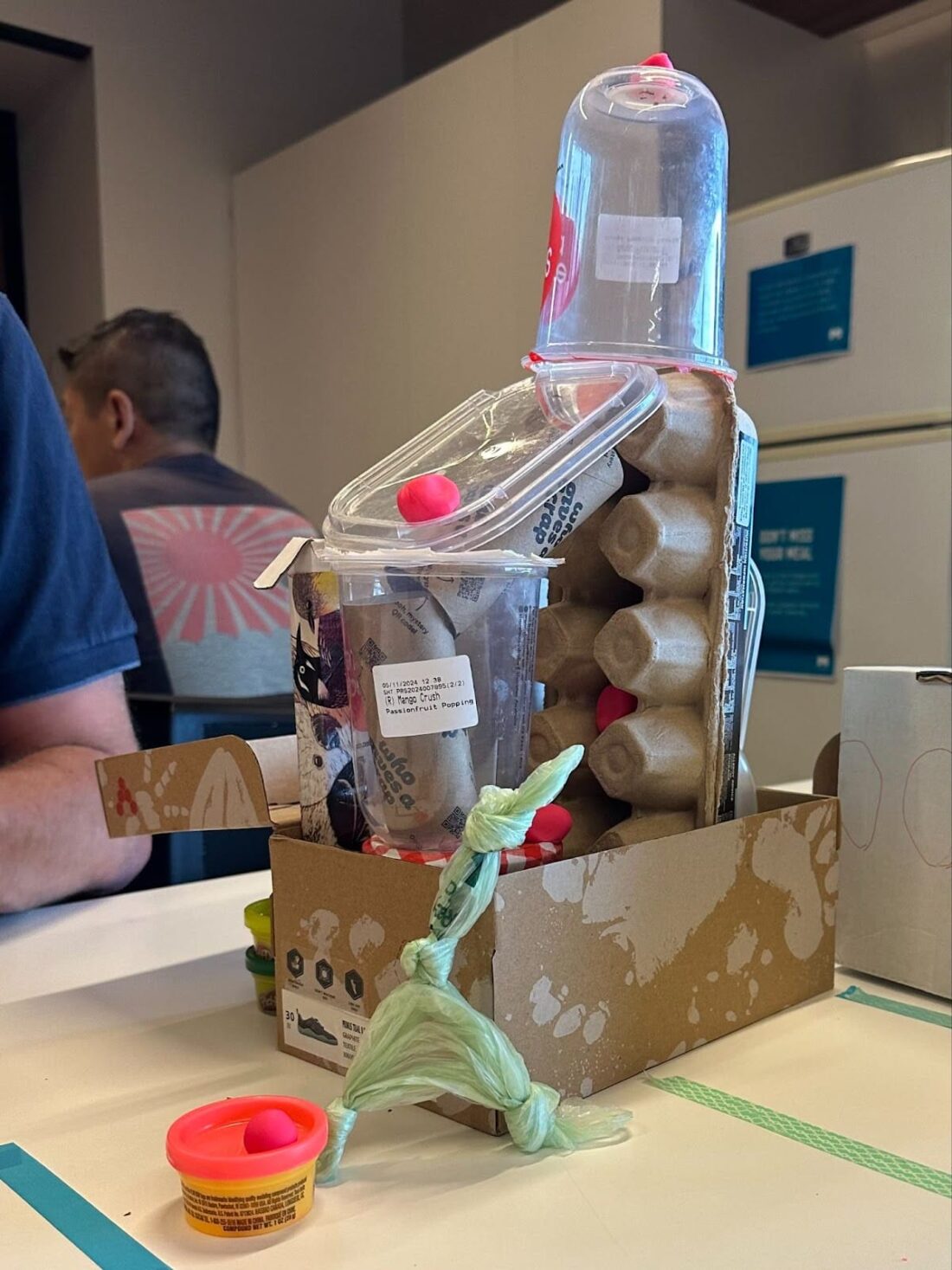
What we learned
1. Social imagination takes time
Moving into social imagination takes time, along with trust and courage. Investing in trust-building and creating a safe space for experimentation is vital for new and diverse groups to begin to imagine how things might be different together. This takes time which is difficult for busy volunteers to commit to. Next time, we’d look to include more intensive, immersive activities (of which Town Anywhere is a wonderful example).
2. Balancing big ideas with actionable steps
Thinking across different scales – individual to systemic – is incredibly challenging. Asking participants to dream big and imagine alternative futures for their community at the start, but then trial smaller, more do-able experiments made it easy for them to get disheartened. They needed reassurance and mentorship to bring their big ideas down, so they could take the simple first step. Next time we’d dedicate more time to supporting this experimentation phase.
Looking ahead
This work highlights the power of social imagination in strengthening urban resilience.
We would love to hear if anyone else is doing anything similar, or if you have any thoughts on what has been shared here.
In the coming weeks, we’ll share some of what we’ve learned from this experience in more detail and the implications of some of this for others doing similar work.
In gratitude, we acknowledge the insights and inspiration drawn from our global peers and experts across the fields of social imagination practice, futures thinking, co-design and systems change, including Rob Hopkins, Canopy, Australia reMADE, Amanda Reeves and the Collective Imagination Practice Community.

